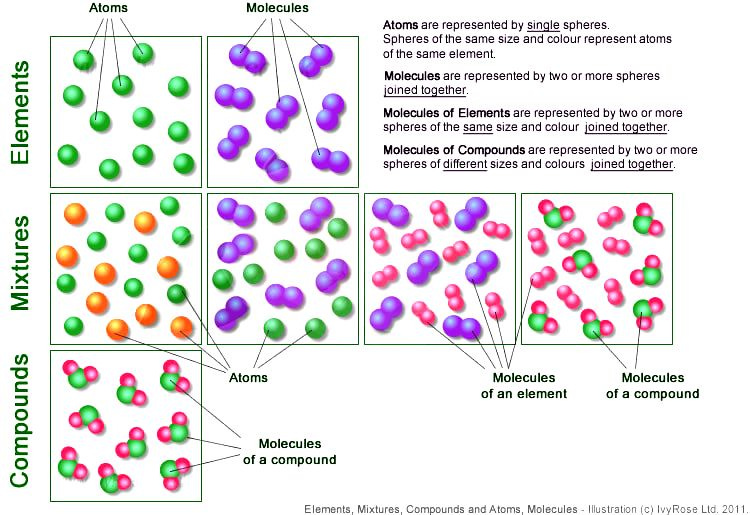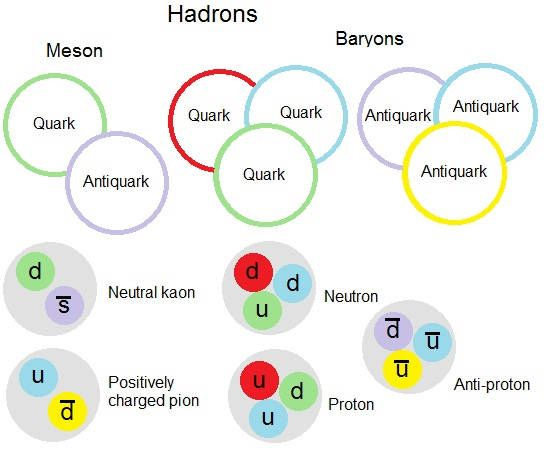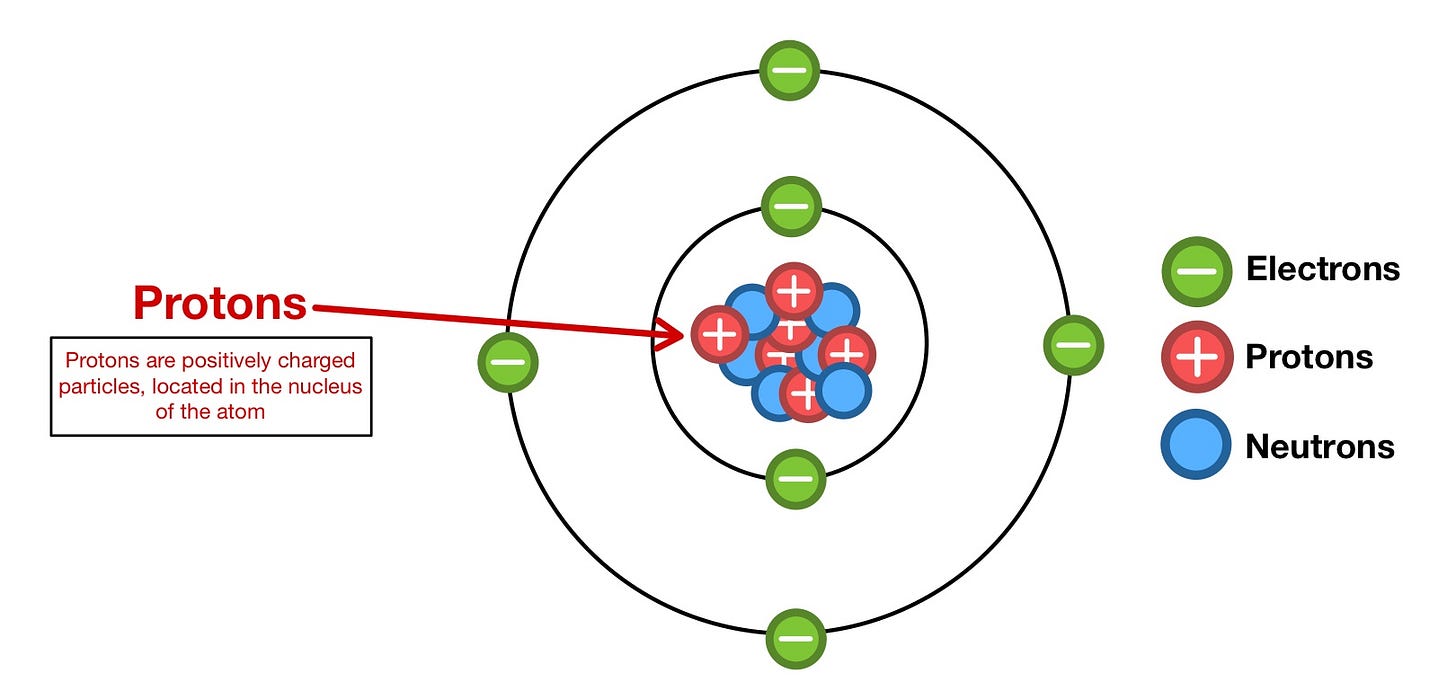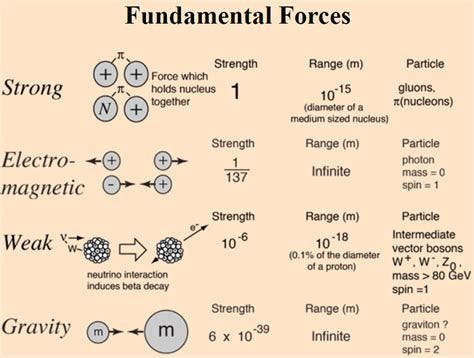Material progress is a fact. I am sorry if you do not believe it, but that is just how it is (until someone can prove me wrong).
By any of dozens of metrics, we are better off materially than we have ever been in our history. If you do not believe me, then look at the metrics of economic growth, human development, freedom, slavery, poverty, agricultural production, literacy, diet, famines, sanitation, drinking water, life expectancy, neonatal mortality, disease, education, access to electricity, housing, and violence (to name just a few), and in virtually every nation. And there are plenty more in my book.
But acknowledging the existence of progress does not help us to understand:
The origins of progress
The causes of progress
How to keep progress going.
Progress is an evolutionary process. Evolutionary processes are not controlled or directed by any government, organization, person or group, or God(s).
Let me be clear, by saying that progress is an evolutionary process, I am not saying:
Human material progress was inevitable
Human material progress is guaranteed to keep going in the future
In fact, I believe that human material progress was unlikely, and material progress is guaranteed to end at some point (though probably not within our lifetimes).
What I mean is that progress is the outcome of millions of small-scale decisions made by individuals who were trying to solve short-term local problems. Few of them were trying to make the world a better place. Few were even thinking about the world as a whole. Few of these people were involved in politics or government.
The following is an excerpt from my book From Poverty to Progress: Understanding Humanity’s Greatest Achievement. You can purchase discounted copies of my book at my website, or pay full prize at Amazon.
Understanding the causes of progress
Because progress is an evolutionary process, its causation is tricky to define. It is a bit like debating the cause of life on Earth (another evolutionary process). There are many “causes” that interact with others in very complex ways.
When viewed from a very high level, evolutionary processes require two things:
Necessary pre-conditions that enable lower-level factors to come into existence and survive and change over time. There are often many different pre-conditions that must come together to create the “Goldilocks conditions.” At any time, the pre-conditions can disappear and the entire evolutionary process collapses.
Specific mechanics that explain how that evolution takes place once the Goldilocks conditions come into existence. This usually consists of multiple mechanics that interact with each other in complex ways.
If we apply this to biological organisms, the necessary pre-conditions are:
Organic elements, such as carbon, hydrogen, oxygen, nitrogen, and others.
Energy, typically from the sun
Other factors, such as a planet with a suitable temperature for liquid water and shielding from shielding from radioactivity.
The specific mechanics are evolution by natural selection. Natural selection is proposed as a cause for the formation of biological species, but there can be no natural selection without organic elements and energy. So natural selection is an intermediate cause.
Even natural selection is not enough as it does not explain why a specific species came into existence and why it evolved in a certain direction. So one needs even more specific explanations for why, for example, a horse evolved and why it changed over time.
Regarding human material progress, I believe that the necessary preconditions are what I call the Five Keys to Progress, whereas the specific mechanics are what I call How Progress Works. Those are typical human behaviors that existed long before material progress started, but once the Five Keys to Progress evolved, then those behaviors created progress in our daily lives.
What happened before progress started?
But even the Five Keys to Progress do not go back far enough. For a full explanation, we must push back even further in history. We must push back to processes that existed before modern humans even evolved as a species.
Throughout most of history, virtually all humans lived in social environments that were not very conducive to innovation. Only recently have societies evolved that maximize the possibilities of innovations that promote progress. Modern societies are problem-solving networks.
This evolution of modern societies that solve problems on a vast scale is, I believe, the most recent portion of an evolutionary process that goes back billions of years. This evolutionary process started from very simple sub-atomic particles immediately after the Big Bang, progressed to the formation of life on planet Earth, and finally led to the emergence of complex human societies.
The evolutionary process shares many common characteristics with technological innovation. At its most fundamental level, this evolutionary process is about combining simple objects into unique combinations to create a new more complex object. This new object is a synergy that is fundamentally different from its components. This is most obvious in Chemistry:
This new and more complex object can then be combined with other objects to create even more complex objects. Continuing this process over very long time spans created
a complex physical world,
a more complex biological world, and
an astoundingly complex human world.
Levels of Evolution
As Peter Corning argues in his book “Nature’s Magic: Synergy in Evolution and the Fate of Mankind,” ( a summary of his book) this combination of simple objects to create more complex objects that are fundamentally different from their constituent parts is common to all evolutionary processes. One can think of the history of the universe as the development of ever more complex evolutionary processes.
These evolutionary processes can be broken down into four basic types:
Physical/Chemical evolution (explained in this article)
Cultural evolution - change in human societies without necessarily delivering material progress for the masses.
Progress - a sub-set of Culture Evolution that delivers an increased material standard of living for the masses. Material progress only became possible when The Five Keys to Progress evolved.
I will describe each of these briefly in the following articles.
Physical/Chemical Evolution
Physical/Chemical evolution started with the Big Bang billions of years ago. Because of the physical laws that came into being with the Big Bang, matter was transformed from simple particles into increasingly complex particles.
Major steps in Physical/Chemical evolution include:
Quarks combining to form hadrons. Each unique combination of quarks forms a different type of hadron. The most common types of hadrons are protons and neutrons.
Protons, neutrons, and electrons combining to form atoms. Each unique combination of sub-atomic particles forms a different type of element, each with unique properties.
Atoms combining to form molecules and compounds. Each unique combination of atoms forms a different type of molecule or compound. Each type of molecule or compound has its own unique properties.
Much of the first two steps occurred soon after the Big Bang, but the formation of atoms was not the endpoint of Physical/Chemical evolution. The creation of more complex objects came about due to the interactions between the fundamental physical forces of:
The strong nuclear force (that binds the fundamental particles of matter together)
Electromagnetic force (the attraction/repulsion between charged particles)
The weak nuclear force (interactions that change particles)
Gravity (the attraction between objects that have mass)
Each of these more complex objects created by the interaction between the four fundamental physical forces is a synergy, in that the new object is fundamentally different from its constituent parts.
Once the after-effects of the Big Bang settled down, the Universe effectively settled into a steady state. Most of the Universe exists as either a steady state or as a constantly repeating set of processes, the most important of which are stellar nucleosynthesis and stellar evolution.
The above was an excerpt from my book From Poverty to Progress: Understanding Humanity’s Greatest Achievement. You can purchase discounted copies of my book at my website, or pay full prize at Amazon.
You might also be interested in reading my other posts on Progress and Evolution:
Progress is an evolutionary process (this article)
Understanding progress - a sub-set of Culture Evolution that delivers an increased material standard of living for the masses. Material progress only became possible when The Five Keys to Progress evolved.












I truly enjoy how you are able to take the study of progress all the way back to the subatomic level.
The key them here that, across every level, from subatomic, to atomic, to molecule, to cell, to multicellular organisms the sum is greater than the individual constituent parts.
This is also, I presume, why one of your “Five Keys” is cities. As cities grow, they follow scaling laws that are advantageous to progress. GDP, incomes, and patents for example, growth super-linearly to population size. I just published an essay on this phenomenon, super interesting indeed.